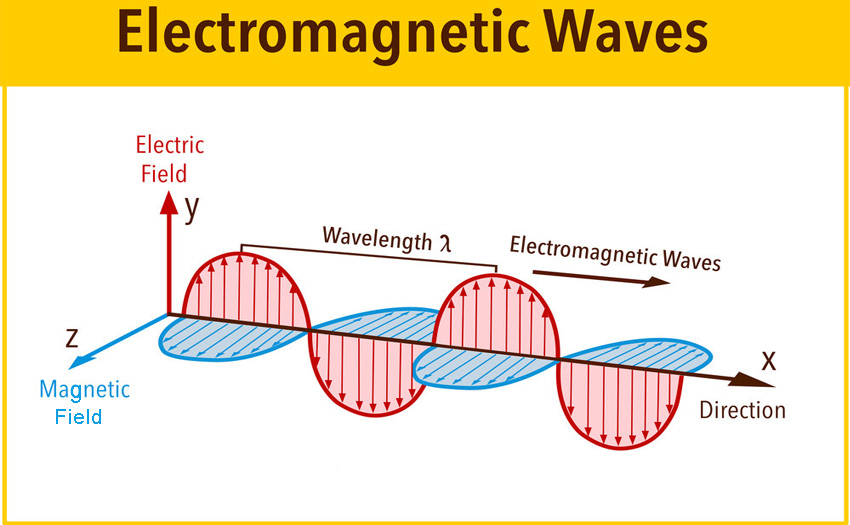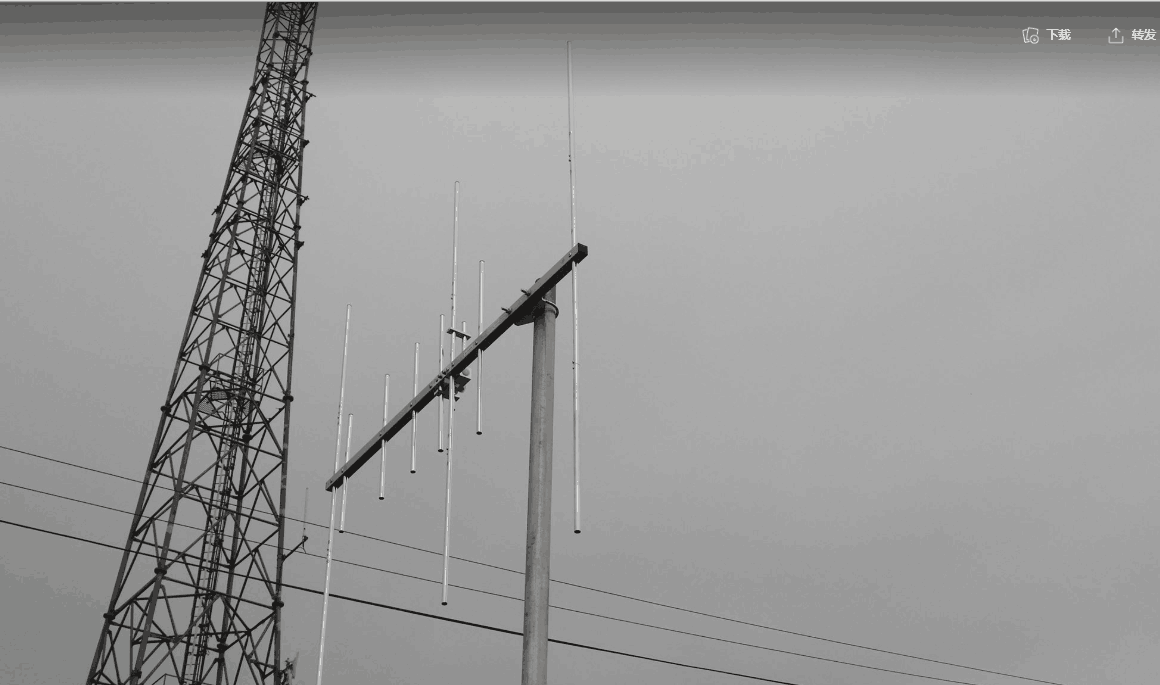How does the antenna receive electromagnetic waves?

The electromagnetic signal received by the antenna can be analyzed and understood in accordance with Faraday's principle of cutting magnetic lines of force and the principle of electric field space potential difference induction. Electromagnetic waves can be regarded as electromagnetic fields that alternate in space, so there are two alternate forms of electric field and magnetic field.
What is Magnetic induction antenna?
Magnetic induction antennas are magnetic field antennas, such as the magnetic rod antennas of medium-wave radios, relying on ferrite magnetic moment units to participate in the magnetization caused by electromagnetic wave magnetic field components. Enhancing the strength of the alternating magnetic field, the coil wound on the magnetic rod can obtain the electrical signal of the cutting magnetic field line, reducing the volume. If the magnetic rod is perpendicular to the propagation direction of the electric wave, the magnetic field lines are the least, and the induced current is also the smallest, so the magnetic field antenna has obvious directivity. Because electrical equipment in the environment, including natural lightning, mainly produces near electric field interference, and magnetic antennas can strictly shield the electric field, it was widely used in radio medium and short wave direction finding equipment in the early days, and was used for radio navigation until the advent of GPS. Magnetic field antennas also include loop antennas with various wavelength ratios that do not use magnetic cores. Due to site restrictions, there are still loop broadband antennas in use for maritime radio communications. Personally, the greater advantage of the magnetic field antenna as a receiving antenna is not its size, but also its resistance to electrical spark interference, especially the engine and other electrical interference, so this antenna still has a certain vitality.

What is Electric field antenna?
An electric field antenna can be understood as a pair of open wire capacitive plates, which is commonly referred to as a dipole antenna. Other electric field antennas are based on the deformation of the dipole antenna. For example, when the earth is regarded as a pole of the dipole antenna, Only one antenna is needed, such as remote control toy antennas, car antennas, tank antennas, etc., but its essence is still dipole antennas, and even many strange-shaped microwave antennas or antennas with distributed parameters are actually the deformation of dipole antennas. , Does not rule out the possibility that some are actually loop magnetic field antennas.
What is the receiving principle of electric field antenna?
The receiving principle of the electric field antenna is to use two wire-type capacitive plates to induce the electric potential difference of the electric field distribution in the air. The two wires are equivalent to a capacitor with an open space, and form an AC loop with the inductor or the receiving front-end device to induce current. The method is essentially different from the magnetic field antenna. It really directly induces the potential difference formed by the electromagnetic wave in the geometrical space. It can even be directly understood as a high-frequency AC step voltage, as long as two pole plates are used (note that the words root and pole plate are used) There is a potential difference in the electric field distribution space to induce electrical signals. This is why the receiver sometimes does not need a too long antenna, and even the human body touching the antenna end can greatly improve the receiving effect. It is precisely because of the geometrical space conditions of the space electric potential difference that, like the magnetic field antenna, the signal cannot be obtained at any position. For example, if the polarization direction of the dipole antenna is perpendicular to the radio antenna, there will be no electric potential difference, and maybe nothing. Can't receive it!
How to understand wave energy transfer?
Since electromagnetic wave is a periodically changing wave energy, all the laws and principles of wave energy transfer are applicable. The simplest case is swinging, which is a typical example of wave energy transfer. Its energy form is periodically converted between potential energy and kinetic energy, similar to the alternating between electric field (potential energy) and magnetic field (electromotive energy) of electromagnetic waves. Experience tells us that it’s not okay to use force at any time when swinging, but the best time is to start using reverse force at the moment when the highest position is ready to reverberate. This problem also exists in the antenna receiving or transmitting signal, so it’s best. It must also be synchronized, otherwise the received signal will be offset and weakened. Note that synchronization means that the rhythm of the force, the reverse change, and the inherent rhythm of the swing are the same, which is usually called resonance. Capacitors store electrical potential energy, while inductors store magnetic energy. Magnetic energy can be regarded as electrokinetic energy. The antenna receiving circuit involves the electric field antenna with a suitable inductance, and the magnetic field antenna has a suitable capacitor to form resonance conditions. The transmission of high-frequency AC signals in the dipole antenna wire has its important characteristics. As the ratio of the length of the pair of wires to the corresponding wavelength is different, it will show capacitance and inductance. When the length of the pair of wires has an inductance When the amount and capacitance happen to be resonance conditions, it is an ideal receiving or transmitting antenna. The best efficiency of energy transfer and conversion also has an important commonality, that is, if the energy emitted by one party is absorbed by the other party, it is called matching. The impedance matching is used in the antenna to consider, such as swinging, even if the force is applied at the right time. If the force is improperly used, it will not produce good results. For example, if the force is too large, there will be excess reaction force to form a rebound due to the inertia of the system, which is often said to be useless, and too little force is obviously not good. The same will also cause the difficulty of swinging. Only the right time and the right strength can make the swing easy. The antenna is like this. The right time is resonance, and the right strength is impedance matching.






